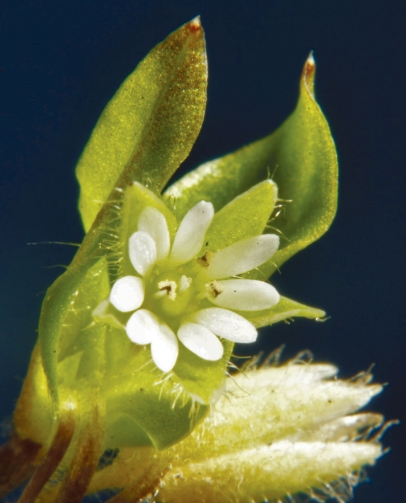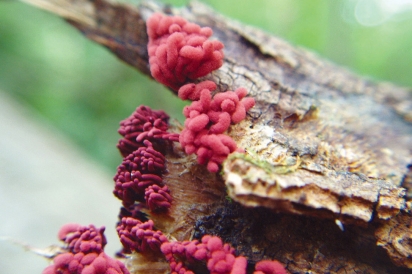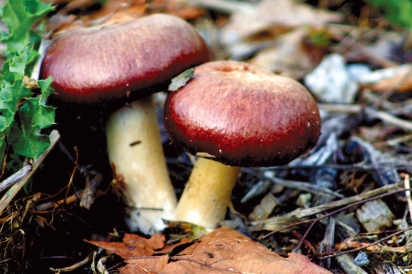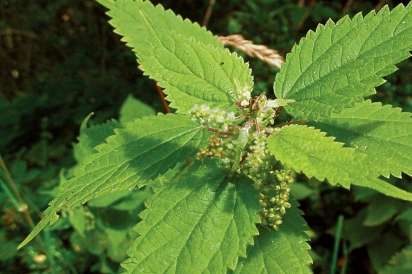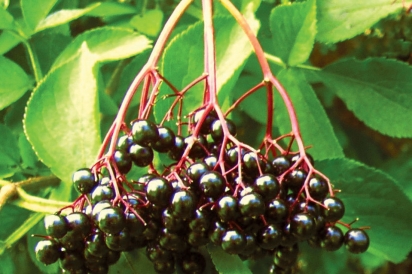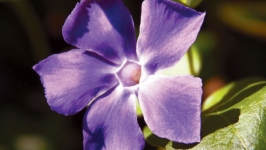Foraging for Wild Things
Missouri’s undomesticated world is spilling over with bounty. There are wild and tasty foods waiting for harvest, but for those of you who wouldn’t forage in meadows or woods, consider your front lawn. Or, please, consider mine.
Chickweed (Stellaria media) can be eaten raw or cooked. Violets can be sugared or used as a beautiful addition to your salad. Nettles, picked with gloves, are good in soups. Dandelions, every part edible, can be made into wine and soup and used in cooked or raw green salads. Elderberry flowers (the flowers make good fritters), cattails, garlic mustard, wild onion, gooseberries, redbud flowers, and buds descendants of the bean family (yes the bean family), acorns (rinsed first to remove the tannins and mashed or made into flour), watercress, and much more: all edible.
KEEP IN MIND
Common cautionary notes from these informed folk:
• Don’t taste it before knowing what it is.
• Don’t collect in dead zones such as highway banks where exhaust, and thus lead, levels are high.
• Don’t collect where there is chemical spraying.
• Avoid areas where there are a lot of dogs.
• Don’t pull the plants by the roots, or over-harvest a fragile area.
Plus, despite words like fungus and spore, we love to eat mushrooms. And from the looks of it, as recorded in books such as Missouri’s Wild Mushrooms by Maxine Stone, Missouri is a great place to find all kinds of wild mushrooms—102-plus varieties in all.
Foraging for wild plants has a long tradition here in Missouri and actually in every place on the planet. But somehow in the last century, wild food became stigmatized and equated with poverty. En masse, we flocked to shiny groceries with processed and industrial foods and did not take note as centuries of knowledge ebbed away. But now, those in the know and chefs wanting to create uniquely regional flavor are flocking back out into the woods and meadows.
Foraging for wild edibles has emerged as a foodie trend. Even Martha Stewart went feral. While I’m surprised when something ancient is thought of as a fad, I enjoy its new label: ethno-botanical food.
Just like the mushroom hunters I know, edible caches are coveted and spoken about in hushed tones. Foragers say telltale signs emerge once the eyes acclimate to sweeping a meadow or wooded area — it takes a willingness to stand still, free the mind and use periphery vision.
If you are interested, there are aficionados willing to share, such as the Shaw Nature Reserve and the Burr Oak Conservation Center women’s group called Wild Ones, which offer classes. The Wild Ones also have two not-for-profit manuals, Eat Your Weedies and Tree- Mendous Gifts. Another great resource is the Missouri Mycological Society.


